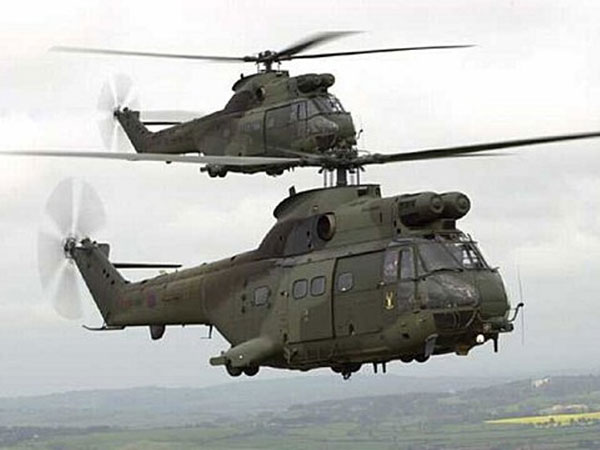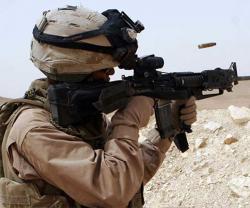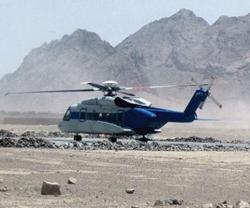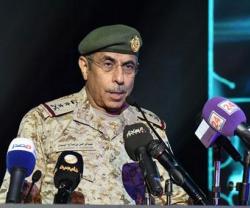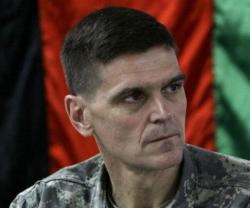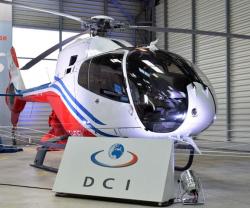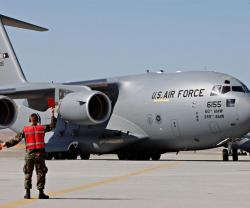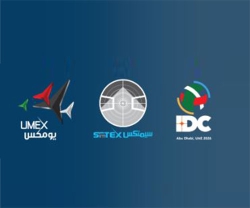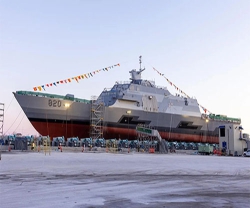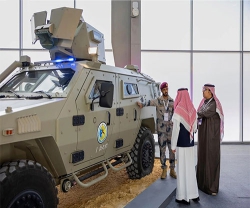Basing its action on the element of surprise, it offers the combined arms Commander a man oeuvre element that is particularly flexible and perfectly integrated with the engagement of ground forces to ensure they retain their freedom of action. Over the past 60 years, the technical and tactical capacities of the French ALAT have evolved significantly and now cover a very large range of missions in daylight or at night, out of area or on home territory: attack, reconnaissance, assault, logistic support, command support, medical evacuation, counter-terrorism, firefighting support, disaster relief on home territory…
Today it is unthinkable to engage conventional or Special Forces in operation without air-ground rotary wing combat capability.
The increased use of helicopters, coupled with rapid transformations in the operational environment in which forces must act, is generating new technical, logistical and human challenges in adapting this capability to evolutions on the ground. For the most part, current factors of evolution are linked to a small number of major trends, including:
- Widespread digitization, which generates as many opportunities for players on the battlefield to interact as it does vulnerabilities
- Multiplication of operations in the midst of civilian populations, necessitating increased capacities for identification, control of weapon effects and protection
- Higher workload for crews confronted with increasingly complex systems and situations, as well as with massive amounts of information exceeding human processing capacities, and greater requirements for coordination
- Pressure to reduce equipment ownership costs
Operations performed by the French Forces over the past 60 years have shaped the French concept of air-ground combat. Recent engagements have revealed a certain number of technical-operational capacities that today make it an effective instrument that is in high demand.
AFGHANISTAN
Operations in Afghanistan, focused on close-contact engagements with a significant infantry component, required a high degree of integration of helicopter units into ground unit man oeuvres, down to the level of subgroup and Special Forces module. Missions were performed in mountainous terrain with temperatures that were very hot in summer and very cold in winter, in close proximity to Faced with numerous delicate flight phases (brownout, combat flights at night, flights close to power limits, shooting at targets in contact with ground troops…), crews were able to rely on rigorous training both in flight and on simulator, ground forces (sometimes less than 100 m), in direct contact with insurgents and often intermingled with the civilian population.
These operations required helicopters with large power reserves, particularly in the case of man oeuvre helicopters charged with dropping off and recovering combat units, machines with protection and the ability to absorb damage from direct hits, detection and identification capacities and high-performance firepower to minimize the risk of friendly fire or collateral damage.
These operations required sophisticated communications, tactical data transmission and real-time information sharing capabilities to ensure integration of the aircraft into the action on the ground.
LIBYA
Missions over Libya were all conducted at night, taking off from ships at sea as part of air-mobile operations without projection of ground troops. They required significant C4I capacities to ensure coordination with naval and air forces. Among the main factors that made this operation possible were the capacity of ALAT to operate, support and command its equipment on board French Navy ships, night combat capability, requiring high-performance night vision equipment and highly trained crew, as well as effective self-protection against air defense systems – all of these were decisive.
Combat modules comprising different types of helicopter operated in “packs” at night, in desert regions, in urban zones, after long flights over water and after foiling residual air defense systems. Destruction of Libyan mechanized units relied as much on high-performance mission preparation, command and control systems as on the man oeuvre skills of air-ground combat units acting alone in the field.
IVORY COAST
The vast majority of operations in Ivory Coast were in urban areas, again in close coordination with troops deployed on the ground. These operations required the capacity to coordinate airland action in order to limit flights over urban areas and exposure to direct fire.
Fire coordination capacities, control of weapons effects and real-time information exchange systems were decisive factors in minimizing the risk of collateral damage.
MALI
Operations in Mali, which applied the full range of know-how used in Afghanistan and Libya, marked the consecration of air-ground combat as part of airland man oeuvres performed by units of the French Army. These operations were characterized by very long distances in-theatre and a particularly demanding geographical environment for men and equipment. Helicopter maintenance was performed from temporary support stations, with only basic equipment and harsh environmental constraints (extreme heat, dust, storms…). Mali operations required equipment and support chains that were sufficiently rugged to allow ALAT units to be continuously engaged in combination with other land combat functions (infantry, cavalry, artillery, engineers) over the entire country.
The effectiveness and precision of weapons allowed the fuel/munitions ratio to be adjusted to optimize helicopter autonomy, while delivering the necessary firepower to accomplish the mission.
Faced with numerous delicate flight phases (brownout, combat flights at night, flights close to power limits, shooting at targets in contact with ground troops…), crews were able to rely on rigorous training both in flight and on simulator.
The level of excellence achieved by French air-ground combat is the fruit of a determined capacity-oriented policy, many years of investment in people and technology, and an innovative doctrine of employment. This capacity relies on military competences acquired in numerous operational engagements and industrial know-how developed in response to the growing needs of the forces.
Trained by the French Army, personnel are capable of performing the full range of offensive, defensive, security and assistance missions using the same modes of action as their comrades on the ground. The capacities of the helicopter, with its fully interoperable, high-technology equipment, amplify the effectiveness of other land equipment and give air-ground combat its transverse characteristic within the French Army.
“Air-ground combat, the cornerstone of helicopter engagement in combat, is now a concept that has been fully assimilated and is understood by all players,” said Major-General De la Motte, Commander of French Army Light.
